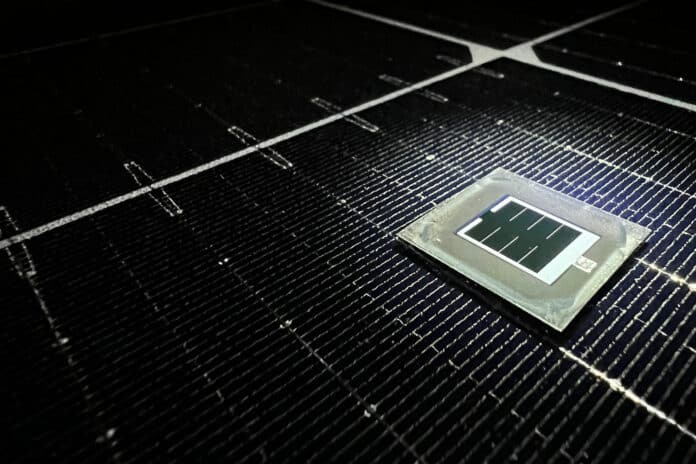Scientists at King Abdullah University of Science and Technology (KAUST) have unveiled a roadmap for bringing perovskite/silicon tandem solar cells to market, paving the way for a future powered by abundant, inexpensive, clean energy in Saudi Arabia and the world. The team is focused on enhancing solar efficiency to meet the country’s solar goals.
Perovskite/silicon tandem technology combines the advantages of two materials – perovskite’s high light absorption and silicon’s long-term stability – to achieve record-breaking efficiency. In 2023, the De Wolf laboratory reported two world records for power conversion efficiency, with five achieved globally in the same year, demonstrating rapid progress in perovskite/silicon tandem technology.
However, translating laboratory success to real-world application requires careful consideration. The paper has outlined some of the key challenges that must be addressed for successful commercialization and has proposed solutions to overcome those challenges.
One of the challenges mentioned is the need to consider real-world conditions, such as variable temperature and sunlight exposure. To optimize the performance of solar cells in specific locations, the authors suggest implementing geographical testing. This approach is similar to personalized medicine, where treatments are tailored to individual patients based on their specific needs.
Another important consideration is accelerated stability testing. Solar cells must have a lifespan that lasts for decades, and testing must be done to understand how their performance will degrade over time. Tests that can compress years of wear and tear into a much shorter timeframe are necessary in order to determine degradation rates, which are crucial for setting competitive prices and warranties.
Current manufacturing processes involve high material costs and potentially dangerous chemicals that may require costly safety precautions. The paper suggests new paradigms for production lines that could help identify cost-reduction opportunities.
“The market for perovskite/silicon tandems is expected to exceed $10 billion within a decade,” said Professor Stefaan De Wolf. “KAUST is at the forefront of this revolution, laying the groundwork for affordable, accessible, clean energy for all.”
One of his co-authors, Erkan Aydin, is looking forward to starting his own lab in Europe by 2024 to continue his research on perovskite/silicon tandem photovoltaics.
The KAUST team’s research aligns with the University’s dedication to developing sustainable technologies that support the Kingdom’s vision for a greener future. Their work harnessing the sun’s power is a crucial contribution to global efforts to fight climate change and reduce carbon emissions.
